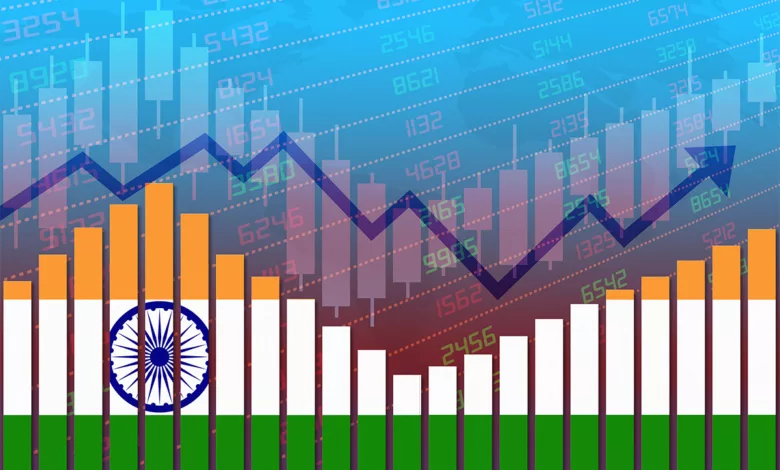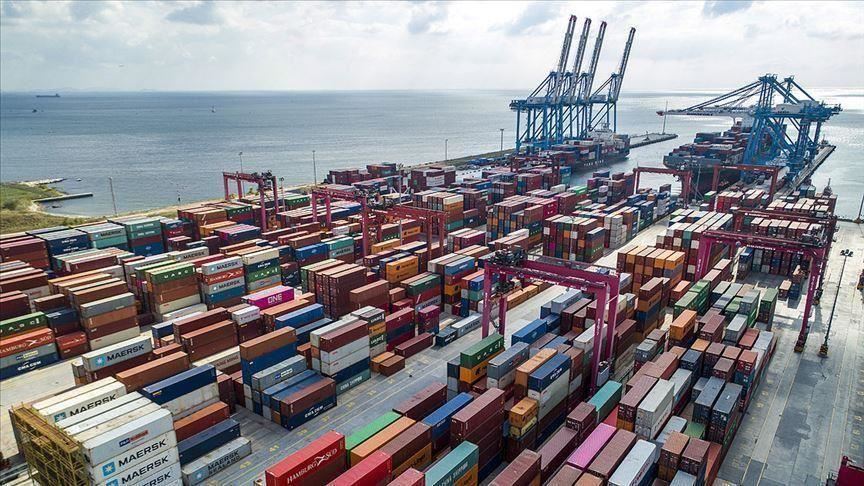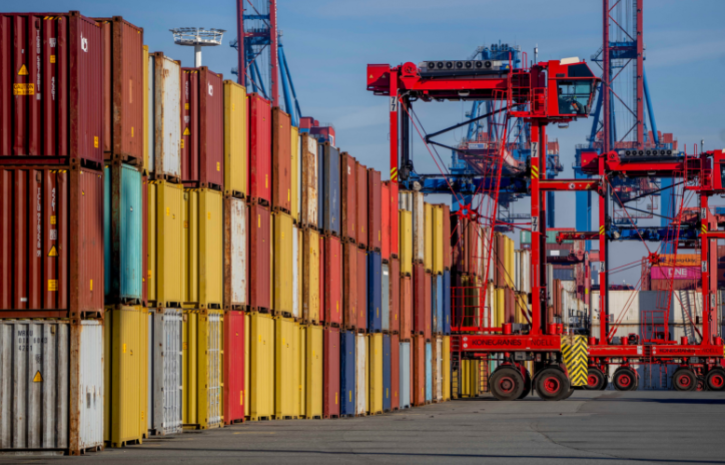India imports thousands of electronic parts, undermining the government’s aim for independence.

India is developing quickly to become the world’s top producer of electronics. However, until a synchronized environment is in place, this objective cannot be achieved. Industry analysts claim that the nation falls short on this front.
According to World of Play’s Chief Product Officer, Hamish Patel, the absence of a full-fledged component ecosystem in the electronics industry leads to higher import costs and longer lead times for the producers of Bluetooth headphones, neckbands, and smartwatches.
According to Sanjay Gupta, vice chairman of the India Electronics and Semiconductor Association, this is “the largest problem and disadvantage for Indian electronics makers” (IESA). “To create the finished product, a typical electronic manufacturing facility must source thousands of components from all around the world.” Because many parts are imported, there are significant expenses and delays. According to the stakeholders, this is the main cause of the nation’s lack of competitiveness in the electronics manufacturing sector.
Although Apple has established a foundation for making phones in India and even exported smartphones worth $1 billion in December, industry insiders assert that the situation is different for smaller manufacturers. They argue that the budget should be aware of these problems and implement the required measures to support the industry.
Amit Khatri, the co-founder of Noise, adds that in addition to the producers’ strong reliance on imports, other issues including poor infrastructure, high taxes, and tariffs, and insufficient logistics and supply chain management all worsen their situation. To promote the localization of component manufacturing, the relevant ministries, original equipment manufacturers, and legislators must work together.
According to Patel of World of Play, tax breaks and other incentive programs will increase investors’ and entrepreneurs’ confidence, which will result in the development of an ecosystem for component manufacturing. “We anticipate greater coordination between the customs, tax, and GST officials from the government.” A decrease in raw material taxes would also go a long way toward strengthening local brands and manufacturers’ trust, he adds.
To foster an environment for centers of excellence-driven electronics manufacturing clusters, strategic planning is necessary. According to IESA’s Gupta, these clusters should focus on automotive, industrial, consumer networking, and other unrelated consumer items, and then supply the ecosystem of ancillary components immediately around those clusters to eliminate the need for imports.
Having the correct goods at the perfect moment, both from a cost and a logistical viewpoint, will give Indian entrepreneurs the proper push for building a competitive local market. He claims it will be the ideal formula for turning India into a world leader in electronic manufacturing. India’s ambition to grow its economy to $10 trillion would depend a great deal on the manufacture of electronics.
According to Gupta, this is the only way to realize the goal of an “atmanirbhar Bharat,” or an independent India. To entice more and more enterprises, the government should offer very competitive prices for power, land, water, and taxes through the budget. The IESA office-bearer claims that this would develop a self-sufficient ecosystem for several aspects of electronic manufacturing. To ensure that it is evenly divided into designated industrial or export processing zones, he advises that the government imitate this approach in several states.
The proper talent must also be developed. To recruit and teach talent from the most remote regions of the nation, businesses, academia, and the government should work together. According to Gupta, semiconductor production requires a more narrow focus. Currently, just the supply side is being created through significant subsidies; demand generation is still necessary. This is only feasible if a growing number of Indian businesses concentrate on producing large quantities of “make in India, build electronics for the world” products to spur local demand for semiconductors.
It is a very logical progression for any nation to begin with electronic production and develop homegrown businesses with a worldwide focus. And these businesses will eventually drive local demand for electrical chips, the author claims.
Customs tariff reductions can help the economy.
India’s $700 billion in annual item imports, or a fifth of our GDP, are subject to customs taxes. Naturally, they continue to be an important weapon for India’s economic and trade policies. The Union Budget is the best opportunity to make big changes, while the government may do so at any time. To the dismay of economists, drastic duty reductions are no longer in vogue worldwide. Nations have become more secluded. No nation has any intentions to lower trade restrictions, such as customs taxes. The nations are raising their entrance hurdles.
The US is developing programs similar to the Production-Linked Incentive Program, providing $500 billion in subsidies, and raising tariffs. Receiving a subsidy is contingent upon achieving a minimum level of local value addition in the US. Even though it was crucial to exclude superficial manufacturing, India was unable to apply these restrictions in its PLI plans since they were WTO-incompatible.
India ought to declare a five-year duty-free period. Numerous PLI/PMP and other production programs might be disrupted by any modification. Only when there is a strong economic argument must the government lower import taxes. The five-year duty moratorium should end at the same time as the five-year PLI program.
The message of policy stability will also be communicated by the tariff freeze. Most small and medium-sized businesses in the pharma, electronics, chemicals, dyes, and toy goods sectors had to cease operations in the middle of the 1990s as a result of abrupt and steep decreases in import levies. Many manufacturers began trading Chinese products.
Import fees on components will promote deep manufacturing. Every electrical and complex technical device contains thousands of parts. India won’t truly become a producer of telecom and electronics equipment unless components are created there. If there is no fee for the parts, however, they will be imported, and India will only assemble the final products. The bulk of these enterprises will close their doors once incentives expire. These situations have happened a few times in the past.
For instance, several businesses began manufacturing smartphones between 2015 and 2017 using imported parts and SKD kits. Tax arbitrage gave rise to this chance. The government established a differentiating tax strategy to encourage manufacturing. Only 1% of phone component imports were subject to countervailing duties. However, importing goods for sale was subject to a 12.5% tariff.
The arbitrage was eliminated when the GST was implemented in July 2017. All of these businesses vanished at once. On a domestic turnover of 40,000 crores, the government lost 5,000 crores annually. The businesses added 40,000 low-wage jobs. Each employee cost the government more than Rs 12 lakh per year.
Numerous high-quality firms in engineering and other industries may be found in India. Establishing tariff arbitrage between input and output, support these industries. Add technical rules, quality control orders, and orders requiring registration as well. This will guarantee high-quality production and stop imports of subpar goods.
When the import duty on completed items is lower than the import duty on intermediate goods or raw materials, this is known as an “inverted duty structure” (IDS). Due to IGST, anti-dumping, and CVD duties, there may also be a duty inversion. The issue is that we can’t only look at the duty rates on output and input to calculate IDS. The effective rate of protection (ERP), which is the excess of domestic value added produced as a result of tariff and non-tariff barriers, must be ascertained.
The percentage of imported inputs utilized in manufacturing and the impact of tariffs on domestic value addition are both taken into consideration in the calculations. The Tariff Commission produced several in-depth studies and performed the finest work on IDS in India.
If ERP continues to be positive despite IDS because the tariff system still shields it, a sector could not be impacted. But if ERP for a sector is bad due to IDS, the government could consider modifications. Establishing a connection between IDS and ERP is essential. The number of IDS cases has increased as a result of FTAs. Given that IDS can completely devastate the product sector, we must develop a method to examine each instance.
More than 26 rates, ranging from 0% to 150%, are available for customs duties. The 26 different duty rates are as follows: 0, 2, 2.5, 3, 5, 7.5, 10, 12.5, 17.5, 20, 22.5, 25, 27.5, 30, 35, 40, 45, 50, 60, 70, 75, 80, 100, 120, 125, and 150. There are also more than 100 specialized or mixed-duty slabs. Different duties are imposed on comparable goods when there are more duty slabs, which can result in classification disagreements and costly litigation. Additionally, this makes it challenging to process papers automatically. Given the vast value of India’s imports, the money at stake as a result of misclassification may be substantial.
The tariff rates must be lowered to $5 by the government. This process might not be difficult. Six duty categories already include 85% of the tariff lines. The following are the percentages: 5%, 7.5%, 10%, 15%, 20%, and 30%. A start might be made for industrial goods. The system will become more transparent right away, there will be fewer categorization conflicts, and papers may be processed by machines thanks to a reduction in the number of duty slabs.
When making decisions, the government has the option of ignoring revenue considerations. Less than 8% of total tax income comes from customs fees. The author co-founded the Global Trade Research Initiative, an economic think tank.
edited and proofread by nikita sharma




